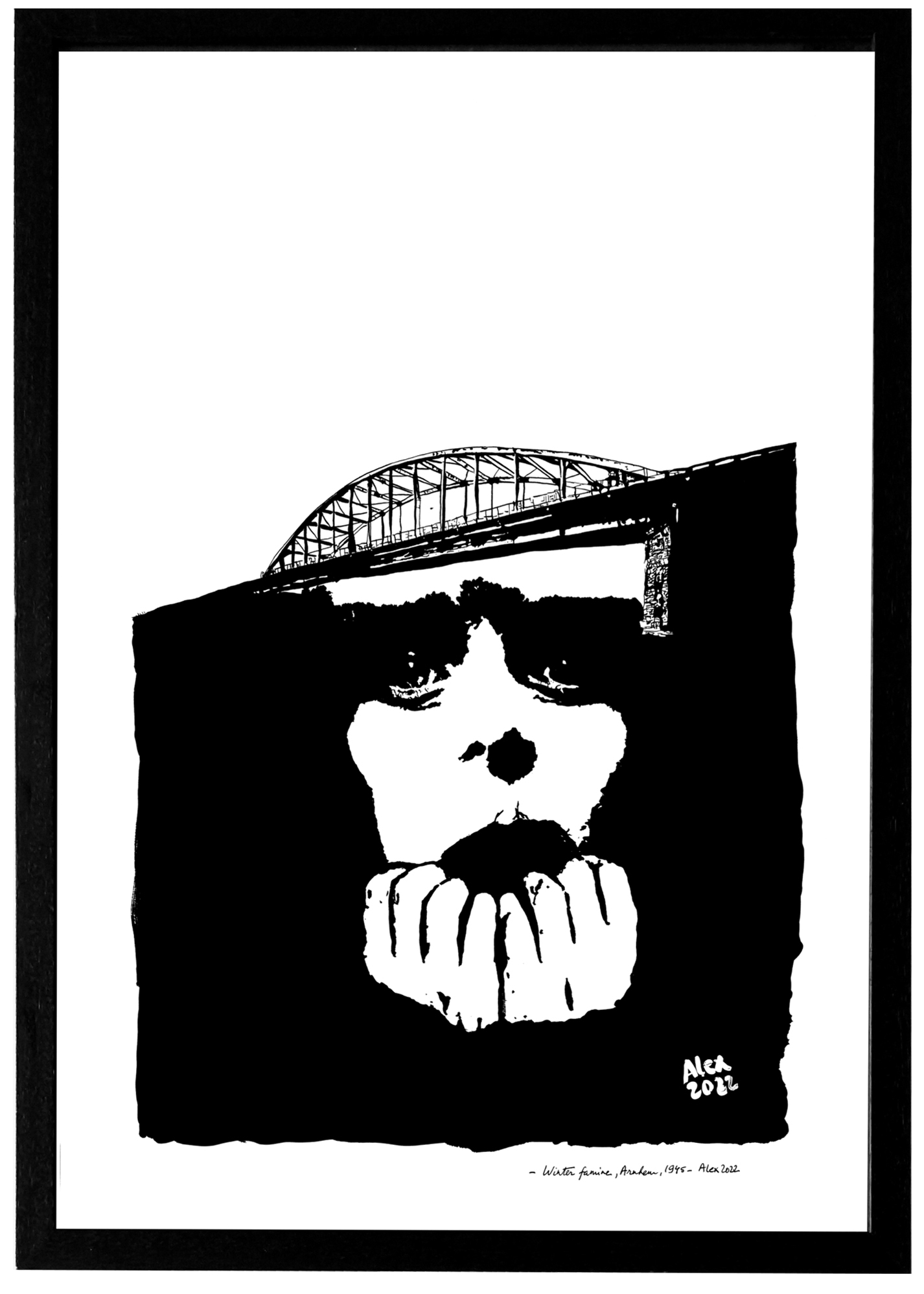Towards the end of World War II, the Allies had succeeded in liberating the southern part of the Netherlands from Nazi occupation. However, their progress northwards was hampered by the botched Operation Market Garden, a failed attempt to capture a bridge across the Rhine at Arnhem.
Following a nationwide strike by railway workers in the Netherlands in support of the Allied liberation efforts, German General Friedrich Christiansen, “Supreme Commander of the Wehrmacht in the Netherlands”, retaliated by imposing an embargo on all food shipments to the Western Netherlands.
Around 4.5 million civilians were affected by this decision and over 20,000 people died of starvation. The liberation of the provinces by the Allies in May 1945 put an end to the famine. At the end of the war, Christiansen was tried for war crimes and sentenced to twelve years’ imprisonment in 1948 in Arnhem, but was released in December 1951.
His home town, Wyk auf Föhr, reinstated a street plaque honouring his heroism in World War I in the 1970s (the plaque had been removed by the British military administration in 1945), but there was such an outcry in Germany and the Netherlands that the town council relented in 1980 and had the plaque removed.
Further reading
- Badsey, S., Arnhem 1944: Operation Market Garden, London, Osprey Publishing, 1993.
- Beevor, A., Arnhem: The Battle for the Bridges, 1944, London, Viking, 2018.
- Bijvoet, T., Van Arragon Hutten, A., The Hunger Winter, 2013.
- Hart, N., “Famine, Maternal Nutrition and Infant Mortality: A Re-Examination of the Dutch Hunger Winter”, Population Studies 47/1 (March 1993) 27–46.
- Smith, C., “The effects of wartime starvation in Holland on pregnancy and its product”, American Journal of Obstetrics and Gynaecology 53/4, 1947, p. 599-608.
- Stein, Z. et al., Famine and Human Development. The Dutch Hunger Winter of 1944–45, 1975.
Resources - Operation Market Garden | Wikipedia




